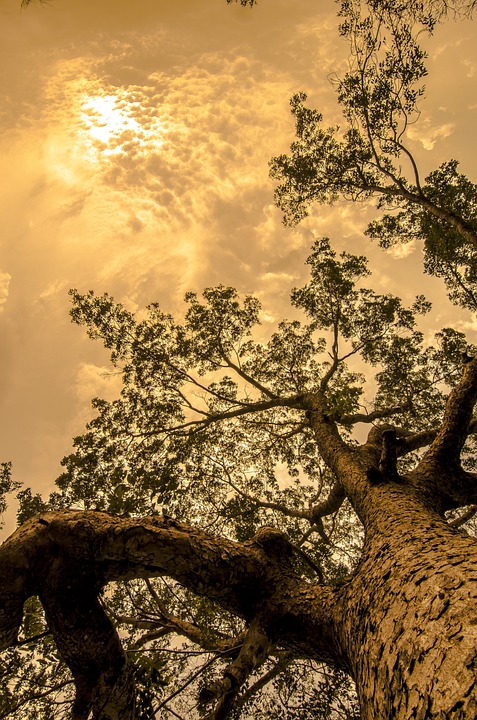Denizens of the Dark: Fascinating Facts about Earth’s Bioluminescent Organisms and Their Radiant World
Imagine wandering through a dark forest or exploring the depths of the ocean’s abyss, and you stumble upon creatures emitting a soft, magical glow. This captivating light isn’t from fireflies schooling you on Morse code, but a scientific phenomenon known as bioluminescence. Creatures from a vast array of species possess this intrinsic organic light-emitting ability that serves them in various ways. Let’s illuminate the darkened corners of their world and uncover the mysteries behind bioluminescence.
The Inner Workings: How Bioluminescence Happens
Bioluminescence is the production and emission of light by a living organism. It occurs across various domains of life, particularly in marine species. The light comes from a chemical reaction within these organisms. Two primary components are required: luciferin (a luminescent molecule) and luciferase (an enzyme that catalyzes the reaction). When luciferin combines with oxygen, facilitated by luciferase, it results in a chemical reaction that produces light.

This entrancing spectacle has evolved independently multiple times. While some use it to attract a mate, others use it to deter predators. The haunting glow of some jellyfish serves both as a weapon and a lure. These remarkable organisms use bioluminescence to survive and thrive in dark, mysterious environments.
Marvels from the Abyss: Bioluminescent Creatures
-
Fireflies: These terrestrial bioluminescent insects mesmerize us with their flashing signals on warm summer nights. Particularly fascinating is their ability to create different flash patterns, which can indicate a specific species or even a mating signal.
-
Anglerfish: A true marvel of the deep sea, the female anglerfish lures prey with a glowing appendage extending from her head. In a strange play of natural selection, some anglerfish species fuse permanently with another when fertilizing their eggs.
-
Pyrosomes: These colonial jellyfish create a brilliant neon-blue glow by squirting out cells called "pyrosomes" that generate light.
- Glow-worms: In some terrestrial habitats such as caves, nests, or burrows, these caterpillars and larvae create a glow that attracts prey or mates.
Role of Bioluminescence
The spectrum of uses for this fascinating trait is as broad as the variety of creatures that possess it. Bioluminescent organisms often use light production immensely to communicate, mate, and repel or even attract prey.
Researchers suspect the role of bioluminescence in camouflage from predators, using counter-illumination to blend in with the light beaming down from above is another possibility.
The Radiant Future: Exploring Bioluminescence
As researchers continue to explore the fascinating world of bioluminescent organisms, questions continue to arise.
For instance, animals lacking in pigment can’t solely rely on camouflage in environments that receive sunlight. Could, therefore, bioluminescence act as their stealth weapon?
And while earthly bioluminescence is a fascinating phenomenon, what about extraterrestrial life? If creatures on other planets use bioluminescence or something similar, could this be their "light in the dark"? It may seem like an inconceivable notion now, but the future may hold bright opportunities to discover and understand otherworldly bioluminescent life forms.
FAQ Section
Q: What is the difference between bioluminescence and fluorescence?
A: Bioluminescence is the process of light production by a living organism. Fluorescence, on the other hand, is when an organism absorbs light of a specific wavelength and re-emits it at a longer wavelength.
Q: Are all bioluminescent organisms dangerous?
A: No, most bioluminescent organisms are harmless, although a few are venomous. However, the larger concern is maintaining the balance of nature, ensuring that these unique creatures continue to exist without human interference.
Q: What causes the radiant colors in bioluminescent organisms?
A: The vibrant colors in bioluminescent organisms are due to fluorescent proteins found within them. These proteins absorb green or blue light, and reflect red and orange light, creating the captivating, colorful glow.
In conclusion, the radiant world of bioluminescence teems with insight that scientists are just starting to uncover. It serves as an invitation to delve deeper into the brilliance of nature, illuminating our understanding of life’s endless mysteries.


